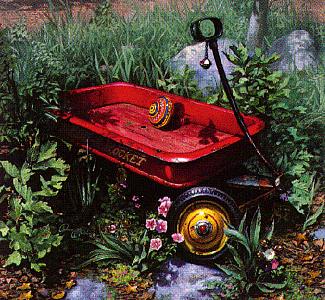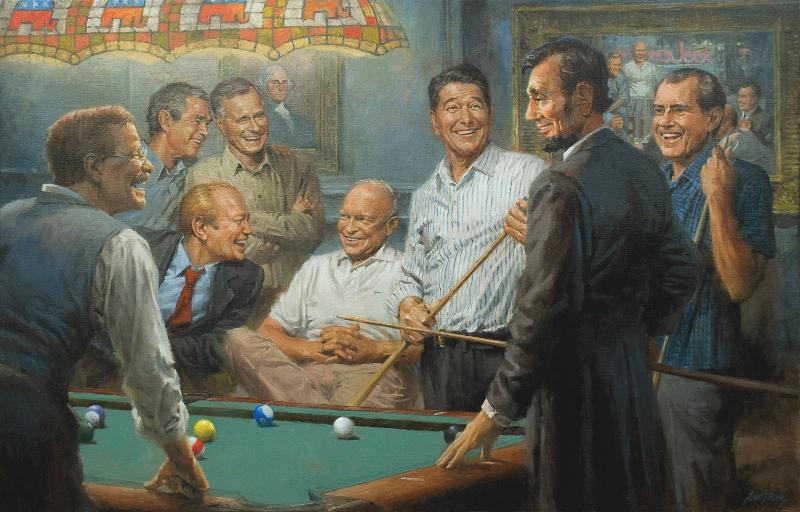
Lester Johnson Hand Signed Publisher Proof Lithograph:"Street Scene 4"
Artist: Lester Johnson
Title: Street Scene 4
Size: 28" x 21.25"
Edition : Publisher Proof
Medium: Lithograph
Year: 1979
Artist Biography: Lester Johnson began his painting career as an abstract expressionist, but in the mid-1950s abandoned that style for a distinctive figurative approach in which he pays homage to the modern everyman. Using a somber, limited palette -- often only brown, black and dull blue -- and applying his paint thickly, he produces strong, powerful canvases which convey a sense of the isolation of the individual. Johnson was born in Minneapolis in 1919. He began his studies at the Minneapolis School of Art, then went to the St. Paul School of Art, and finally to the Art Institute of Chicago. He moved to New York City in 1947 and had the first exhibition of his abstract paintings there four years later. For years, Johnson had a studio in the Bowery so that he could study the despair and hopelessness of the men who lived there, rejected by society. His aim, as his style evolved, was to give them dignity. "I wanted to prove that man is more than a man -- to put him on a pedestal," he explained. "The human and the monumental are contradictory, but I wanted to put them together." He succeeded in developing a monumental sense of the human figure, unlike anything done before. His figures, many of them in hats, wearing nondescript black or brown suits, usually are massed against monochromatic or white backgrounds. They seem to crowd in on one another. Heads, hands and sometimes feet loom. The faces of Johnson's figures are generalized. He makes little effort to contrast one with another. Above all, he makes no comment of his own on their condition. Drawing plays an important part in Johnson's art. It brings out the image and determines scale. But it is the way he handles paint that gives his work its raw strength. He piles it on, overpaints, scrapes and scores it with his brush handle. There are even occasional vestiges of his abstract phase, in drips of paint he uses to create effects. Johnson's work is repetitive, however. He uses the same images over and over, changing only the light and the mood. Over the years Johnson has taught at various schools and universities. Since 1964, he has been director of studies in graduate painting at Yale University.
Title: Street Scene 4
Size: 28" x 21.25"
Edition : Publisher Proof
Medium: Lithograph
Year: 1979
Artist Biography: Lester Johnson began his painting career as an abstract expressionist, but in the mid-1950s abandoned that style for a distinctive figurative approach in which he pays homage to the modern everyman. Using a somber, limited palette -- often only brown, black and dull blue -- and applying his paint thickly, he produces strong, powerful canvases which convey a sense of the isolation of the individual. Johnson was born in Minneapolis in 1919. He began his studies at the Minneapolis School of Art, then went to the St. Paul School of Art, and finally to the Art Institute of Chicago. He moved to New York City in 1947 and had the first exhibition of his abstract paintings there four years later. For years, Johnson had a studio in the Bowery so that he could study the despair and hopelessness of the men who lived there, rejected by society. His aim, as his style evolved, was to give them dignity. "I wanted to prove that man is more than a man -- to put him on a pedestal," he explained. "The human and the monumental are contradictory, but I wanted to put them together." He succeeded in developing a monumental sense of the human figure, unlike anything done before. His figures, many of them in hats, wearing nondescript black or brown suits, usually are massed against monochromatic or white backgrounds. They seem to crowd in on one another. Heads, hands and sometimes feet loom. The faces of Johnson's figures are generalized. He makes little effort to contrast one with another. Above all, he makes no comment of his own on their condition. Drawing plays an important part in Johnson's art. It brings out the image and determines scale. But it is the way he handles paint that gives his work its raw strength. He piles it on, overpaints, scrapes and scores it with his brush handle. There are even occasional vestiges of his abstract phase, in drips of paint he uses to create effects. Johnson's work is repetitive, however. He uses the same images over and over, changing only the light and the mood. Over the years Johnson has taught at various schools and universities. Since 1964, he has been director of studies in graduate painting at Yale University.
















